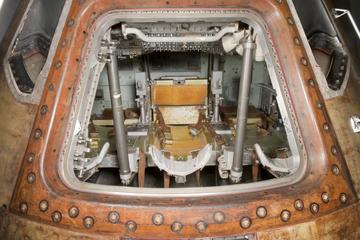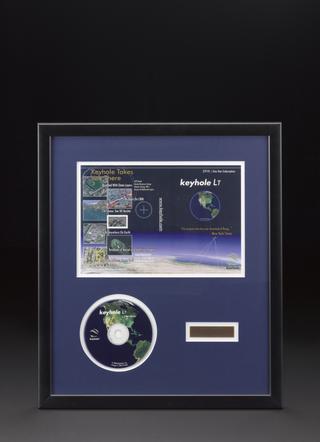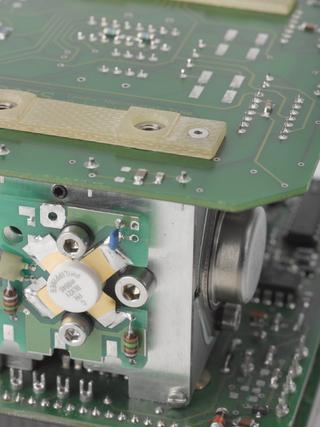
Astronauts bio-belt medical harness
- Made:
- 1973-1974 in United States

Bio-belt medical harness worn by Astronaut Edward Gibson during his spacewalks while on NASA’s space station, Skylab 4, in 1973. Gibson was Skylab 4’s science pilot and he spent a total of 84 days on the space station; the longest time any crew had spent on board a space station at that time.
Bio-belts record the physiological health and function of astronauts during space flights. They are worn under space suits and have electrode patches that stick to the astronaut’s skin and work as sensors to collect important data on the health and bodily functions of the astronaut. Bio-belts record and measure a variety of things, such as an astronaut's heartbeat and rate, respiration rate, bodily temperature, blood pressure and oxygen levels and physical activity levels. Some people might not enjoy being monitored so closely but bio harnesses are important and an essential part of monitoring human health while away from Earth. Data collected by bio-belts increases our understanding of how human bodies behave in space and ultimately this data will be very helpful in the preparation of sending humans to Mars and beyond.
Details
- Category:
- Space Technology
- Object Number:
- 1976-589
- Materials:
- polyester, aluminium (metal), stainless steel and electrical components
- Measurements:
-
overall: 127 mm x 279.4 mm x 127 mm,
- type:
- harness
- copyright:
- National Air and Space Museum, Smithsonian Institution
- credit:
- Lent by the Smithsonian National Air and Space Museum, Washington, DC




